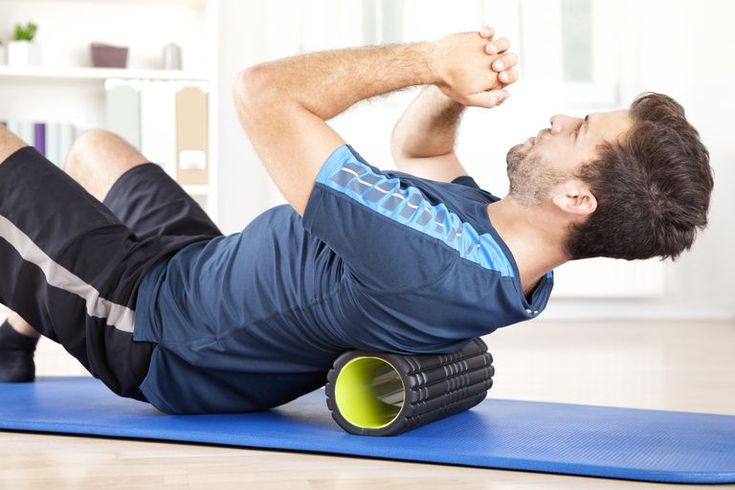Foam rolling has gained immense popularity among athletes, fitness enthusiasts, and physical therapists. But why is this simple cylindrical tool so effective? Let’s dive into the science behind foam rolling and why it deserves a place in your fitness routine.
What Is Foam Rolling?
Foam rolling is a self-myofascial release (SMR) technique that uses a foam roller to relieve tension in the muscles and fascia (the connective tissue surrounding your muscles). By applying pressure to specific areas, foam rolling helps reduce muscle tightness, improve blood flow, and enhance recovery.

How Foam Rolling Works
1. Releasing Fascia Tension
Over time, repetitive movements, poor posture, or intense workouts can create adhesions (knots) in the fascia. These adhesions restrict movement and cause discomfort. Foam rolling breaks down these knots, improving the tissue’s flexibility and function.
2. Increased Blood Flow
Foam rolling stimulates circulation in the targeted muscles, bringing oxygen and nutrients while removing waste products like lactic acid. This improved blood flow accelerates muscle recovery and reduces soreness.
3. Nervous System Relaxation
Applying pressure during foam rolling activates sensory receptors in the muscles, sending signals to the brain to relax the area. This can help alleviate tension and reduce overall stress.
Benefits of Foam Rolling
1. Improved Flexibility and Range of Motion
Studies show that foam rolling can increase joint range of motion without negatively affecting performance, unlike static stretching. It helps loosen tight muscles and improves overall mobility.
2. Reduced Muscle Soreness
Foam rolling before and after workouts can minimize delayed onset muscle soreness (DOMS). By breaking up adhesions and promoting blood flow, it speeds up the recovery process.
3. Injury Prevention
Regular foam rolling helps maintain healthy muscle tissue, reducing the risk of injuries caused by tight or imbalanced muscles. It also helps correct muscle imbalances that arise from poor movement patterns.
4. Enhanced Performance
Loosening tight muscles and improving circulation can enhance your workout performance. Foam rolling pre-workout prepares your body for movement, while post-workout rolling aids recovery.
How to Use a Foam Roller
- Choose the Right Roller:
- Soft Rollers: Best for beginners or sensitive muscles.
- Firm Rollers: Suitable for deeper tissue massage.
- Textured Rollers: Ideal for targeting stubborn knots.
- Roll Slowly:
Move the roller back and forth over the target muscle at a slow pace. - Focus on Tight Spots:
If you feel a tender area, hold the position for 20-30 seconds to release tension. - Avoid Bones and Joints:
Focus only on muscles to prevent injury.
When to Foam Roll
- Before Workouts:
- Helps warm up muscles, improve blood flow, and enhance mobility.
- After Workouts:
- Reduces muscle soreness and speeds up recovery.
- Anytime for Relaxation:
- Use foam rolling as part of your daily routine to relieve stress and improve muscle health.
Common Mistakes to Avoid
- Rolling Too Quickly:
Speed reduces the effectiveness of foam rolling. Always roll slowly and mindfully. - Overdoing It:
Applying too much pressure can cause bruising or discomfort. Use moderate pressure. - Ignoring Pain:
Foam rolling shouldn’t be overly painful. Adjust pressure to a tolerable level.
Conclusion
Foam rolling is more than a fitness trend—it’s a scientifically proven method to improve muscle health, enhance performance, and prevent injuries. Whether you’re a seasoned athlete or just starting your fitness journey, incorporating foam rolling into your routine can lead to significant benefits.
Grab your foam roller, start rolling, and feel the difference!
